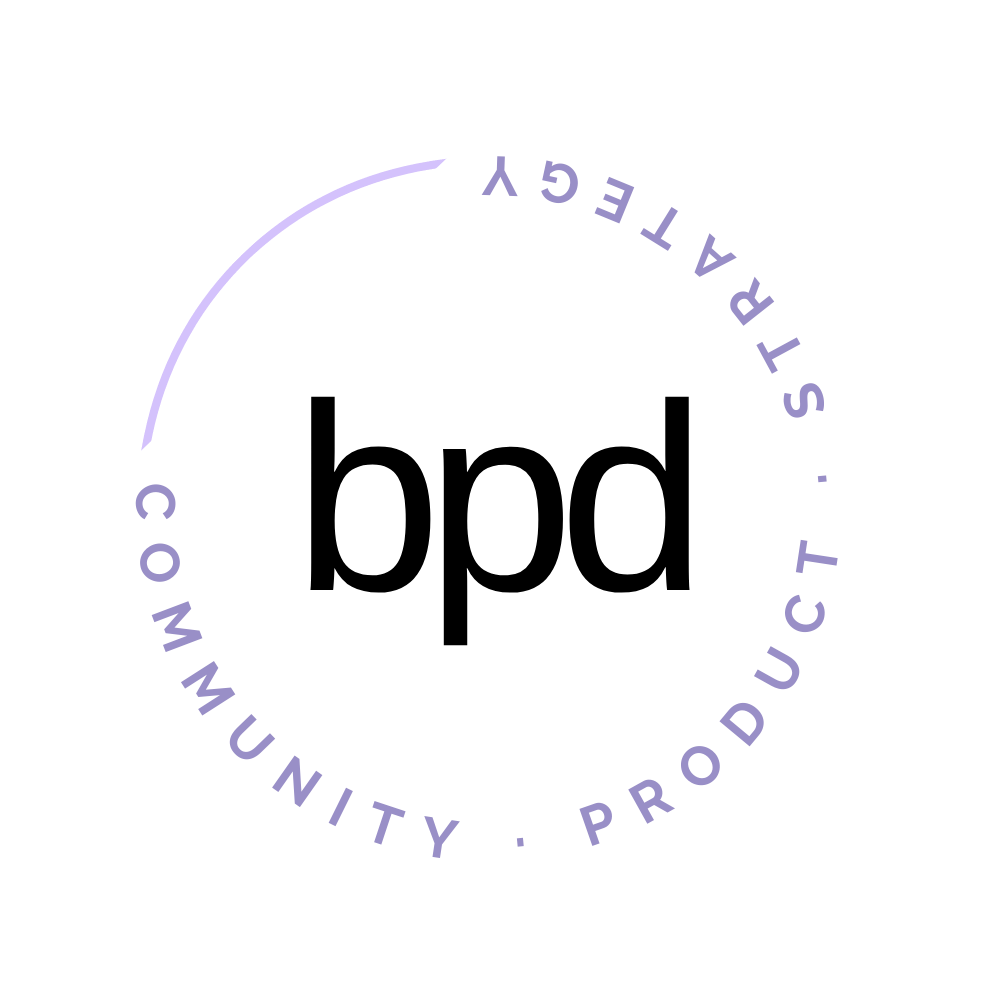#73 Craft A Great Beta Strategy
This week I'm answering a submitted question:
How do you craft a great beta product? What should you include in your beta program sales page? How much content should be available?
Let’s get into it —
Every time you run a program or launch a product for the first time, you should run it as a beta.
For those of you with service businesses, you should also run "productized services" (set process, outcomes, and fixed price) as beta offers. This way you can develop case studies and work out the kinks before you fully offer and scale the productized service.
No matter how much research you do, how many customer comments you're working from, or how "on the money" you know your offer is ... you're going to get things wrong.
You are still great at what you do. The problem is that human behavior is impossible to predict with 100% accuracy... even with AI.
A beta gives you the opportunity to work out all of the kinks.
What should you include in the beta?
The easiest way to talk about what to include is to share common mistakes people make...
One of the biggest mistakes I see with betas is that they will provide only part of a course.
For example, let's say the beta product offers the first 3 modules of a course.
How are you going to tell if the transformation works and your clients get the results you designed they would get?
This idea is on the right track though...
You want to include the MINIMUM needed to accomplish the promise/goal/outcome – this is our version of the "minimum viable product".
You could set a smaller-subset of the goal.
If the goal will take years to accomplish, like if you're building a membership, then what should they be able to achieve in the first 3 months?
It's not about the amount of content, it's about giving your members what they need to be successful and see results.
The other biggest mistake people make is that they run a beta with a pre-recorded course.
Teach live.
When you teach live you get to see where people get stuck and what parts of the content confuses them.
Practice live.
Host workshops where you go through the workbooks. This will allow your members to ask you questions and "do the work". Their questions will help you make the workbooks better.
I know we all want evergreen passive income but it takes many rounds of a program to get it right. If you want to have the best program out there, this is what it takes.
Finding Beta Members
Beta customers are more forgiving.
They want you to succeed, they want the outcomes you promised, and they're more likely to help you improve it.
Don't invite everyone. For a large audience, develop a waitlist and open spots to only them. For a smaller audience, I recommend sending personal notes and DMs.
Sales Page Strategies
I'm a big fan of a google doc sales page.
It feels personal, and clear that we're in the early "draft" stages of the product so that you attract the right people.
Here is an example of a google doc sales page I created for a membership I tested this year. Most of you have never seen this because I only shared it with a small segment of my list (~30 people) and I sent direct invitations to about 10 people with this page + a personal loom video that I felt were a good fit. I had 7 people join.
Set expectations
Note on the sales page above this language with inclusions:
"This membership is in beta, so I’ll be evolving this experience WITH you."
When you set expectations up front that your members are getting the best price they could ever get in exchange for feedback, they are more likely to give feedback.
Tell them the exact ways you expect them to get feedback along the way. Share your feedback strategy with them.
Your Feedback Strategy
Your feedback strategy needs to be as dialed as the sales strategy. At a minimum I recommend the following:
Onboarding questionnaire (get a baseline and have them set goals)
Short feedback forms at the end of each module / live class
Mid-point request for feedback via personal DM / email
End of program questionnaire (compare to onboarding)
I'd also recommend 1:1 calls through onboarding and as an exit interview. If you're serious about nailing your product, this will go a LONG way.
If you loved this, you can subscribe to the weekly newsletter here for free! I send a bunch of resources & share a bts happenings of my business in the email version.
